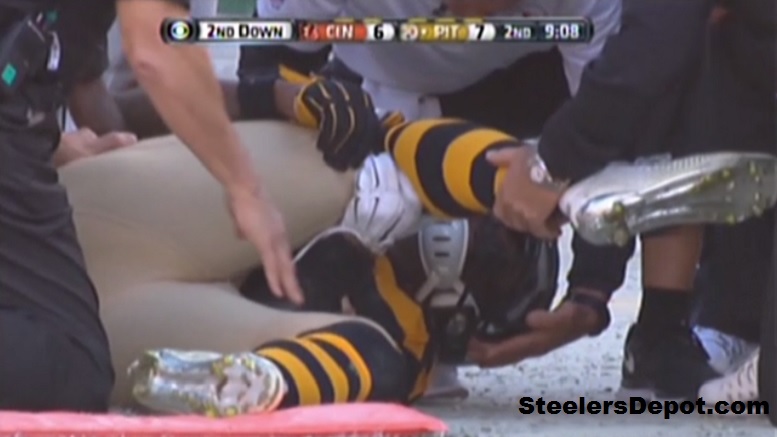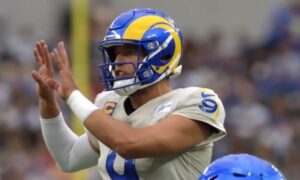Pittsburgh Steelers running back Le’Veon Bell is a pretty remarkable talent who absolutely deserves to be in the conversation for being the best all-around running back in the NFL, without question. I believe that is a point of order on which we all can agree with reasonable certainty. The only thing standing in his way, seemingly, from achieving an all-time great career has been a series of unfortunate injuries.
As a second-year player, Bell rushed for 1361 yards at 4.7 yards per carry and added another 83 touches via receptions for 853 yards, totaling 11 touchdowns between the ground and the air. But a hyperextended knee in the season finale kept him out of a playoff game the Steelers lost.
Last season, after serving a two-game suspension, he came back to the game with a vengeance, and was on pace to average over 100 rushing yards per game until a first-half injury against the Bengals in his sixth appearance of the season resulted in him tearing his MCL, an ultimately underwent surgery to repair damage to both his MCL and PCL.
We are nearly five and a half months removed from the time of his injury now as we approach Tax Day, and there are another five months or so before Bell would have to take a meaningful snap, meaning that he will have had about 10 months to recover from the injury if he hopes to start the 2016 season opener.
To that end, the 24-year-old has been working with Owens Recovery Science, based in Texas. The organization specializes in blood flow restriction training, which one individual from the organization told Jeremy Fowler of ESPN “helps get the leg back to the strength it needs to be”.
In an article about the training method from Bodybuilding.com describes blood flow restriction training as a “technique that works by restricting blood flow to the veins, but not the arteries”, which means that blood entering a muscle is not restricted, but the blood exiting the muscle is”.
The article suggests that this increase blood flow and accumulation in the muscle “causes an increase in cell swelling”, which triggers a danger response that results in the muscles restructuring themselves and enabling them to get larger quicker.
Essentially, it is a method of speeding up the process of regaining muscle strength, in the case of those attempting to recover from an injury, and it helps enable light lifting during the rehabilitation process just “a week after surgical knee repair”, as Fowler was told.
We have already detailed aspects of Bell’s recovery process that he has shared on social media, and one thing is made abundantly clear, which is that he is attacking his efforts to return to the field with the same level of intensity as he plays—although perhaps not with the same level of patience, which will only help him return to the practice field sooner.








